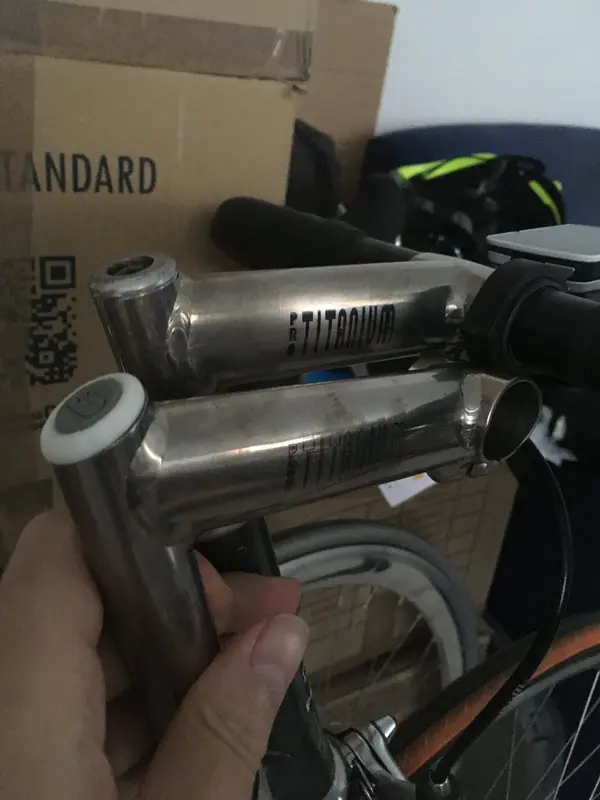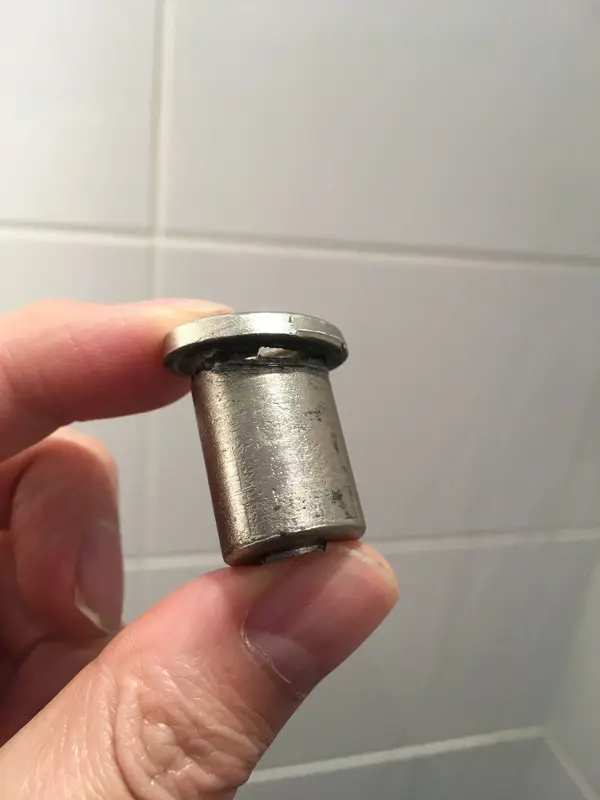fastpedaller
Dirt Disciple
That got me looking - Isn't it just a 1 1/8" cap that takes a cap-head bolt to fit the star nut? If so, what's so special?
I just had a look, it's true almost all used velocity stems are missing the cap.No it's just a plastic bung type that pushes in, over the years I think most fell out and got lost.
https://www.retrobike.co.uk/threads/top-cap-bung-for-a-1-1-8”-kona-velocity-stem.382865/
Apologies for jumping into a road bike section with MTB stuff but I thought this was an interesting topic.
That's actually a good idea if it fits (you could sand it down until it does if it's too big)Wine cork?


I'm not sure that splitting it into two halfs is the right approach with flexible filament, I'm not sure how to bond them together neatly and there would need to be supports printed underneath that are a pain to remove. With rigid components that would work perfectly, superglue is just as strong as printed layer bonds.Rather than worrying about the stretch of the flexible filament you could split the hood down the centre and bond the 2 halves together. This won't stress the material. It would also be easier to 3d print as you would have a flat surface where the joint is, so it would sit on the print bed better.